Articles
Building a Center of Excellence for AI: A strategic approach to enterprise AI adoption

A comprehensive guide to establishing and operating a successful Center of Excellence (CCoE) for Artificial Intelligence in enterprise organizations. Learn the key components, governance frameworks, and best practices for scaling AI initiatives across your organization.
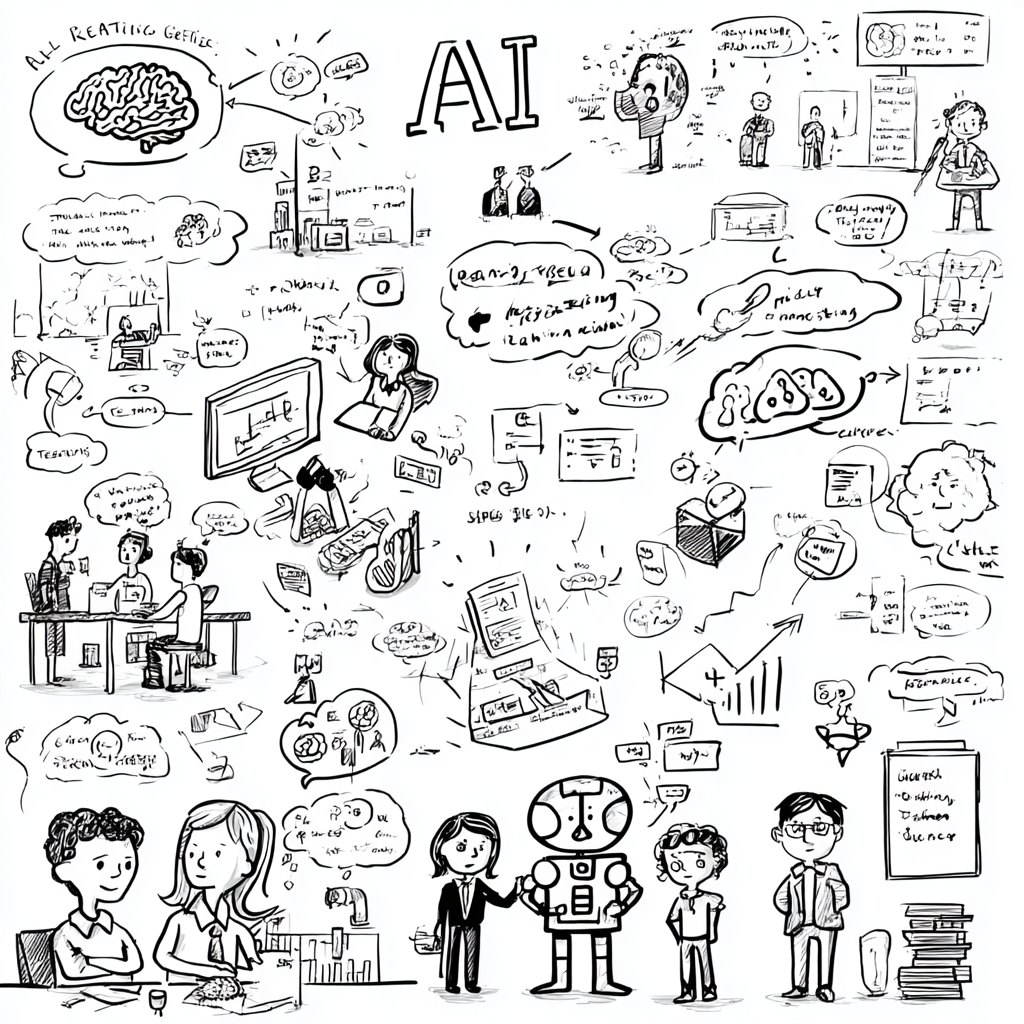
As organizations across industries rush to adopt artificial intelligence, many struggle with fragmented AI initiatives, inconsistent governance, and duplicated efforts across different departments. The answer? A well-structured Center of Excellence (CCoE) for AI that provides centralized guidance, governance, and support for enterprise-wide AI adoption.
Disclaimer: The metrics, percentages, and numerical examples used throughout this post are illustrative benchmarks based on industry observations and best practices. They serve as guidance for establishing realistic targets and expectations, but actual results will vary depending on organizational context, industry, and implementation approach.
What is an AI Center of Excellence?
An AI Center of Excellence is a cross-functional team or organizational unit that serves as the central hub for AI strategy, governance, and enablement within an enterprise. Think of it as the central command for your organization’s AI initiatives, providing direction, standards, and support while avoiding the chaos of uncoordinated AI experiments across different departments.
The AI CCoE serves multiple important functions:
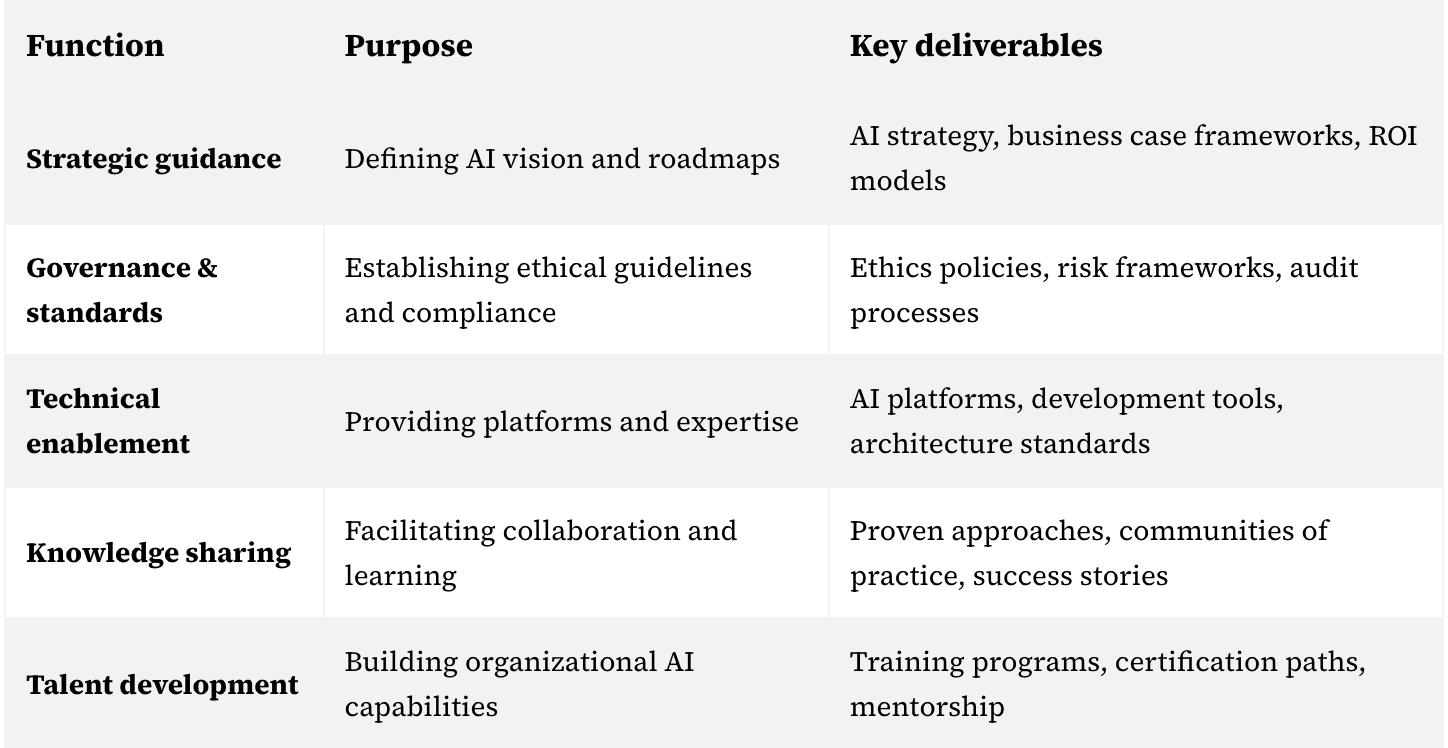
Why your organization needs an AI CCoE
The rapid pace of AI innovation creates both tremendous opportunities and significant risks. Without proper coordination, organizations often experience:
The chaos of uncoordinated AI adoption
Warning signs of AI chaos in your organization
Without proper coordination, organizations often fall into these common traps:
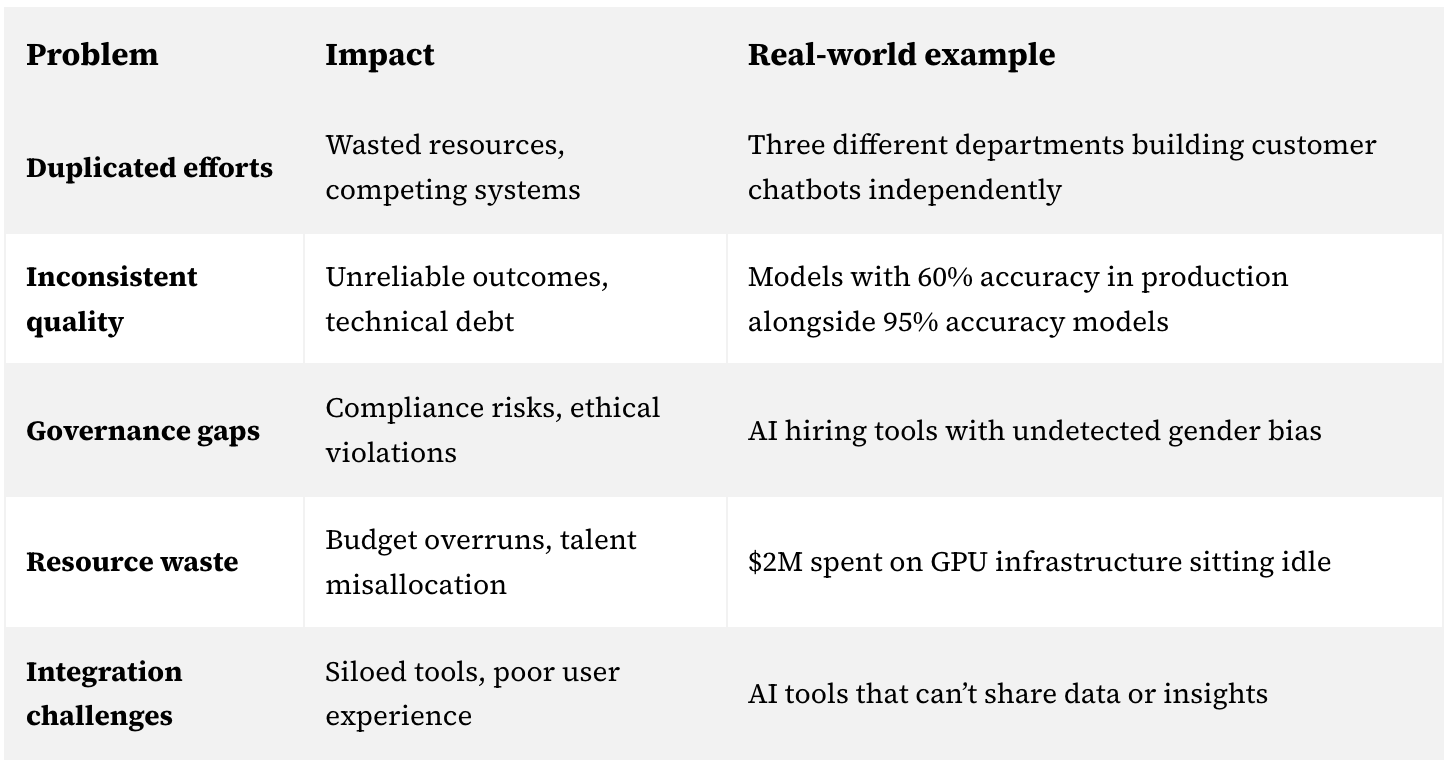
The power of centralized AI excellence
The change: From chaos to coordination
A well-functioning AI CCoE creates measurable improvements across all dimensions:
Accelerated delivery
Shared platforms reduce AI project timelines from 12+ months to 3-6 months through reusable components and standardized processes.
Consistent quality
Standardized testing, validation, and deployment processes ensure 90%+ of AI models meet production readiness criteria.
Risk mitigation
Solid governance frameworks reduce AI-related compliance incidents by 75% through proactive bias testing and ethics reviews.
Strategic alignment
AI initiatives demonstrate clear business value with average ROI increasing from 15% to 45% when aligned with strategic objectives.
Cultural change
Organization-wide AI literacy programs result in 3x higher adoption rates and employee confidence in AI tools.
Core components of a successful AI CCoE
1. Leadership and governance structure
The foundation of any successful AI CCoE starts with clear leadership and decision-making authority. This isn’t a committee that meets quarterly to discuss AI trends—it’s an operational unit with real responsibility and accountability.
Key roles and responsibilities:
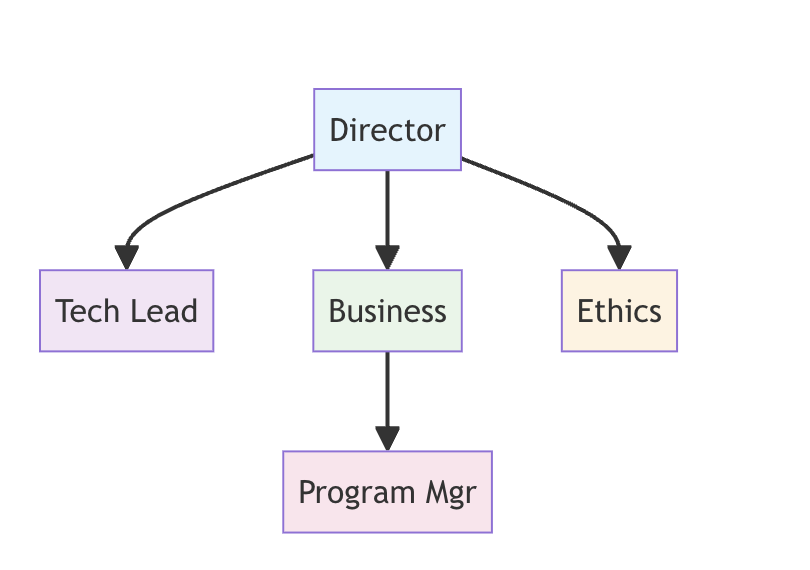
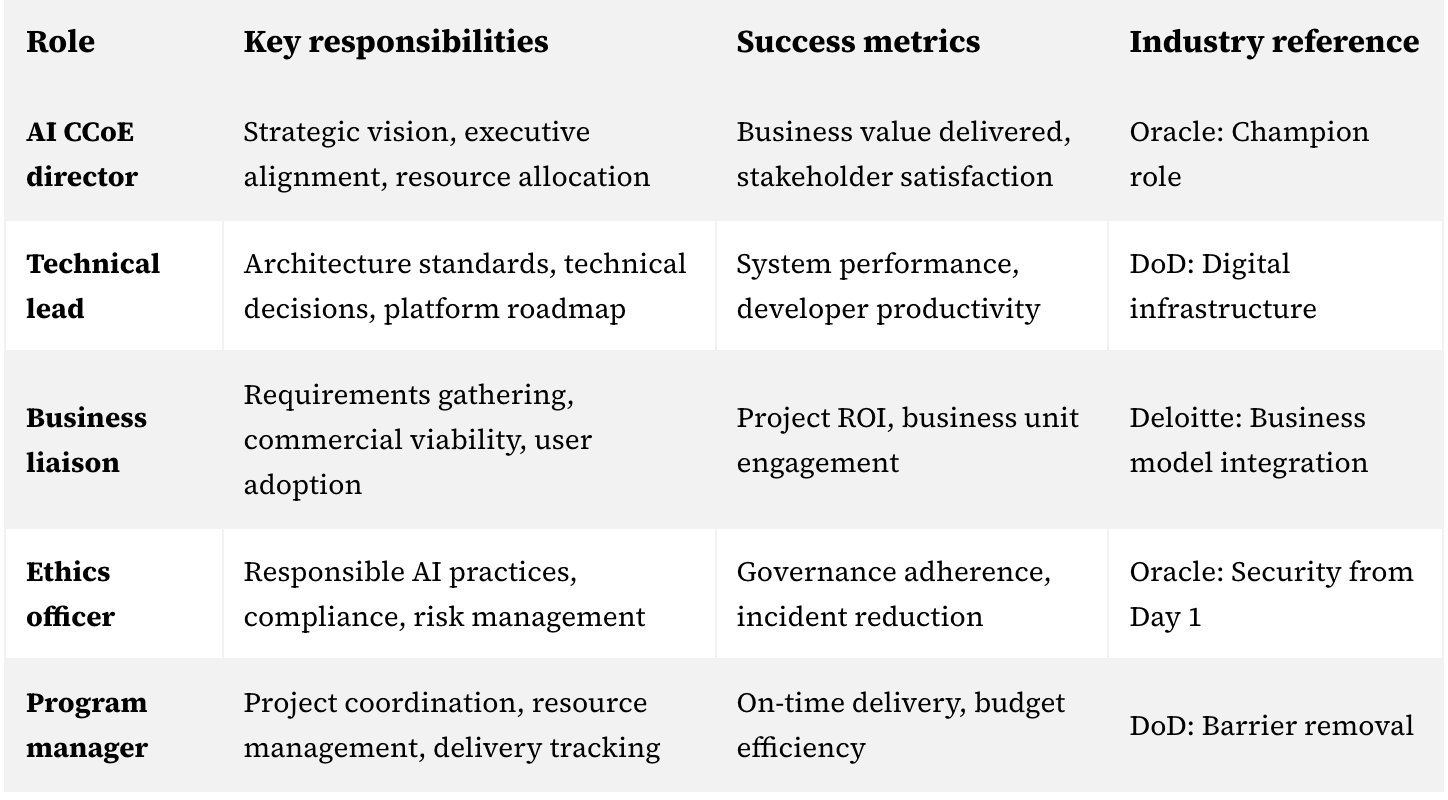
RACI matrix for AI CCoE governance
Clear accountability across organizational levels
Based on industry experience, here’s how responsibilities should be distributed:
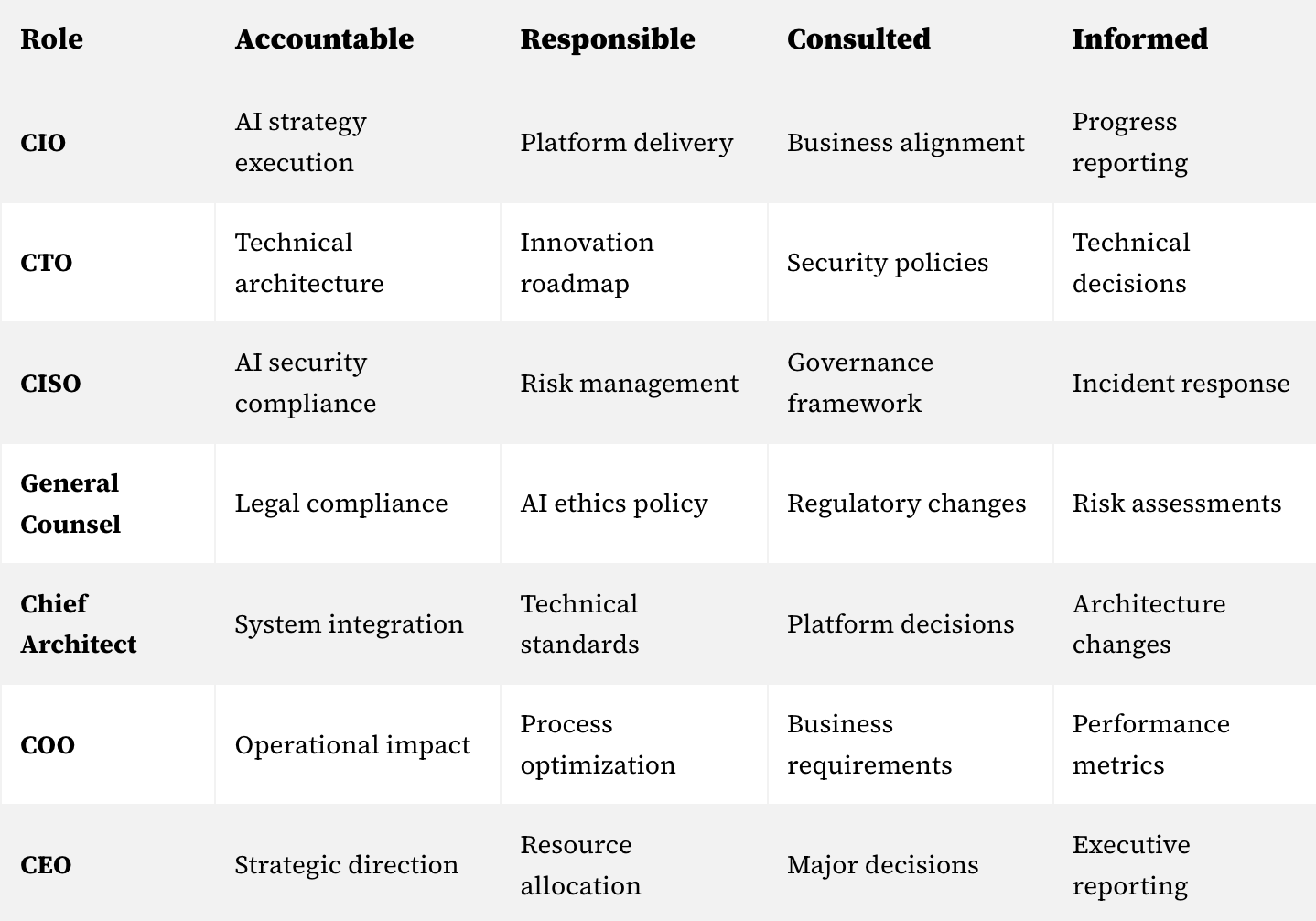
2. Operating model and processes
The CCoE needs well-defined processes for how it interacts with the rest of the organization:
Three pillars of CCoE operations

The AI project workflow
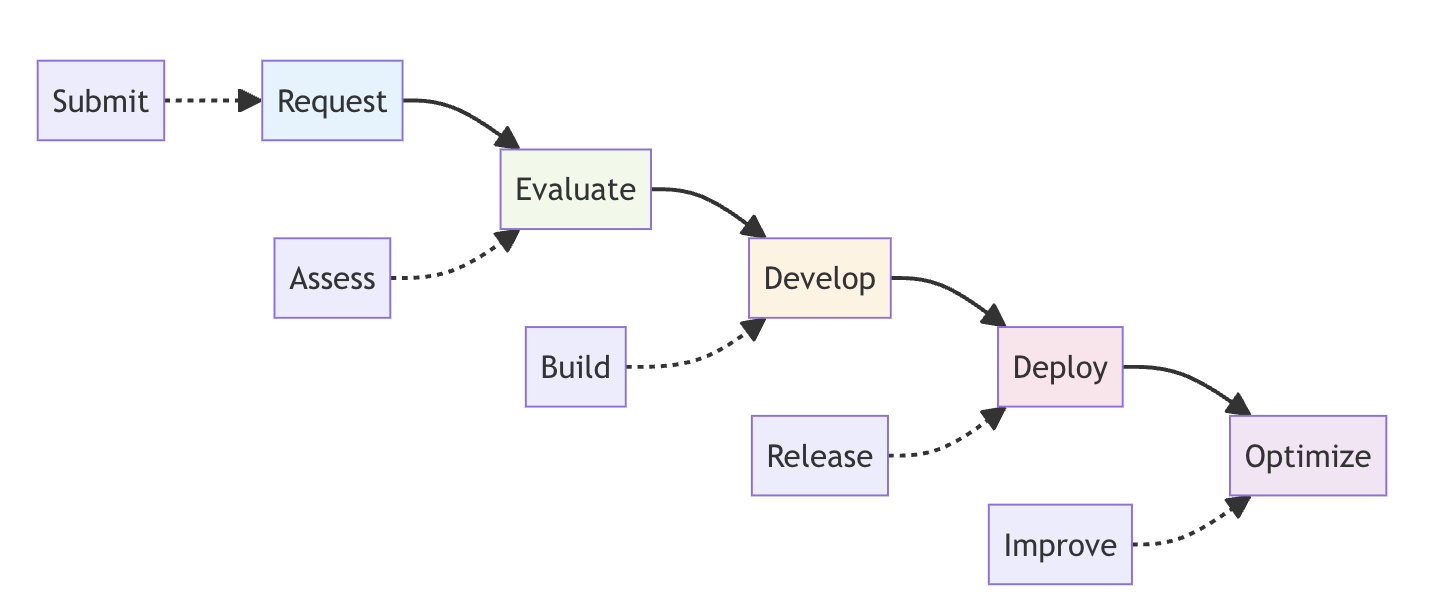
Setting up your AI CCoE: A phased approach
The 18-month implementation roadmap
AI CCoE Implementation Roadmap

Phase 1: Foundation (Months 1-3)
Goal: Establish the foundation and core team

Phase 2: Pilot programs (Months 4-9)
Goal: Prove value through high-impact demonstrations

Pilot selection framework:
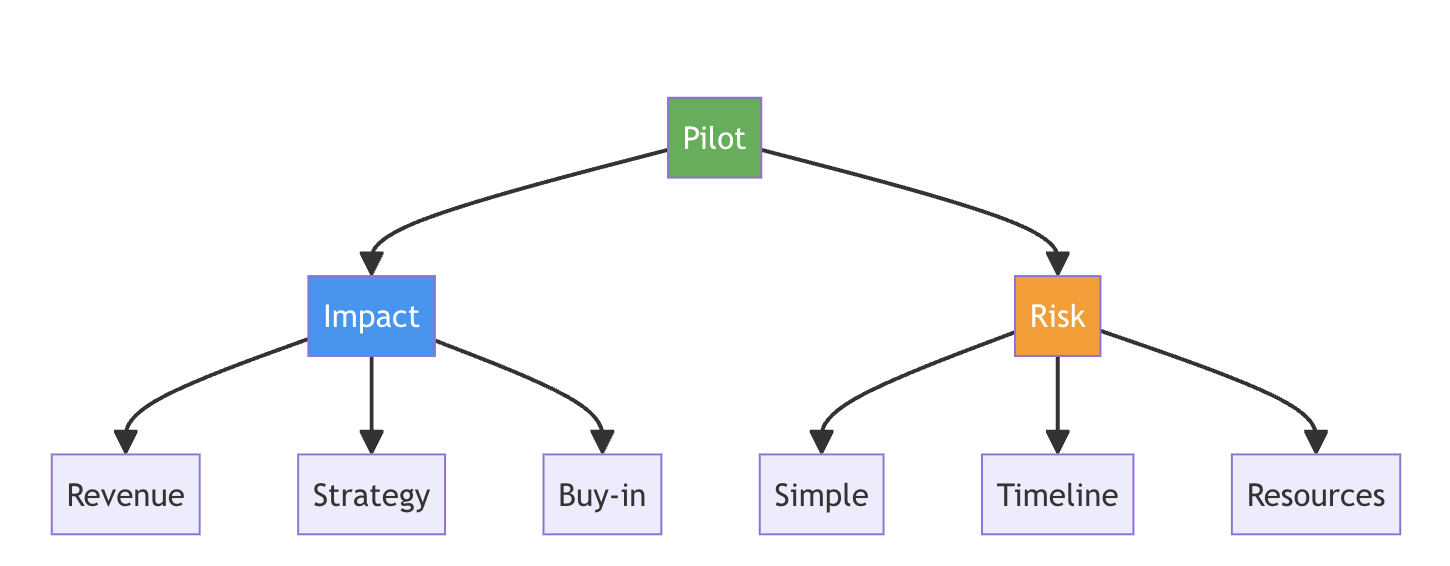
Phase 3: Scale and expand (Months 10-18)
Goal: Expand across the organization and improve operations
Scaling strategy:
- Horizontal expansion: Replicate successful patterns across business units
- Vertical deepening: Advanced capabilities like MLOps, governance automation
- Cultural integration: Organization-wide AI literacy and adoption programs
Common challenges and how to overcome them
The three biggest obstacles to CCoE success
Challenge 1: Resistance to centralization
The problem: Business units prefer maintaining control over their AI initiatives
Why this happens:
- Fear of losing autonomy and decision-making speed
- Previous negative experiences with centralized IT functions
- Concerns about reduced innovation and flexibility
The approach:

Challenge 2: Balancing innovation with governance
The tension: Too much governance kills innovation; too little creates unacceptable risks
The risk-based governance approach: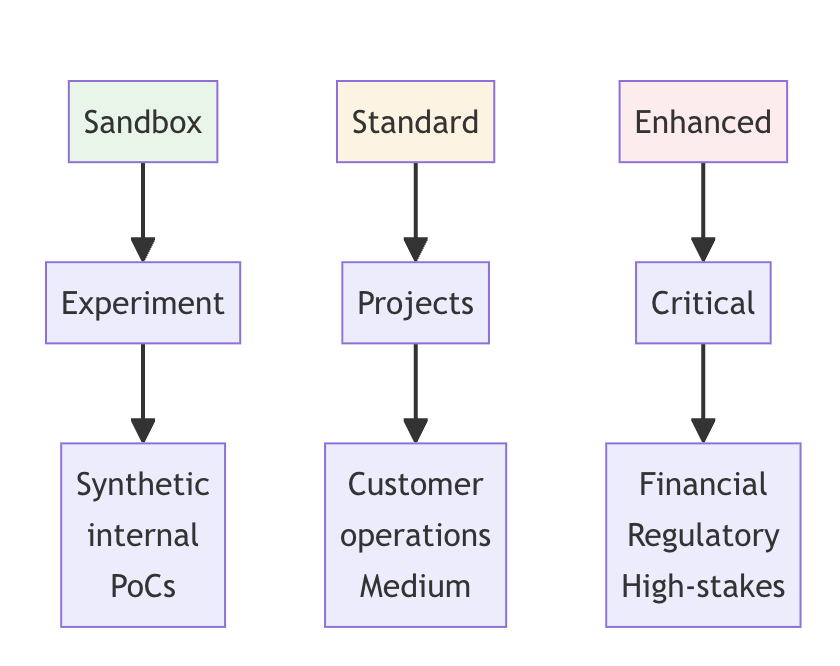
Challenge 3: Talent acquisition and retention
The reality: AI talent is scarce, expensive, and in high demand
Multi-pronged talent strategy:

Measuring success: KPIs for your AI CCoE
Success requires balanced measurement across four dimensions
The AI CCoE scorecard
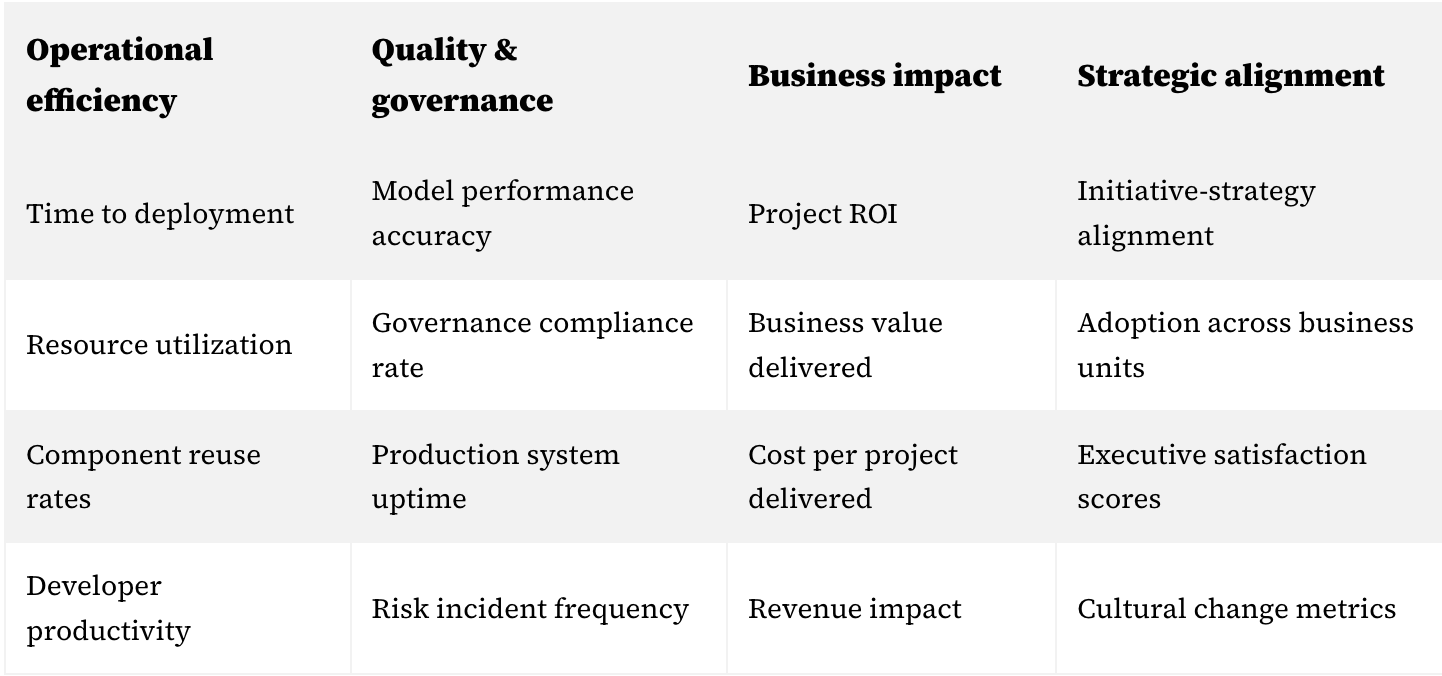
Benchmark targets
What good looks like in practice (example targets)

Monthly CCoE dashboard

Technology and infrastructure considerations
Building the technical foundation for enterprise AI
The AI platform stack
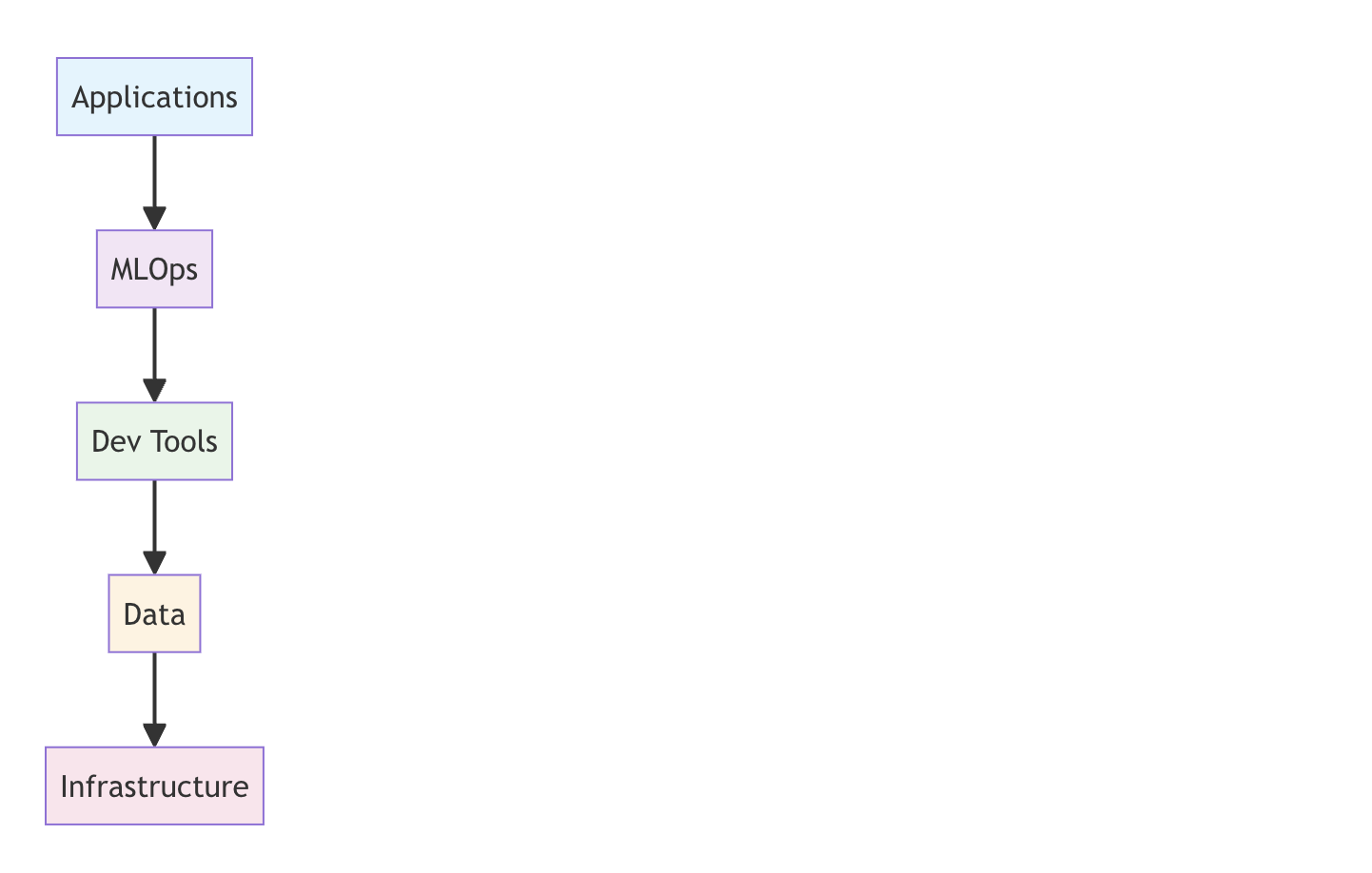
Core platform capabilities
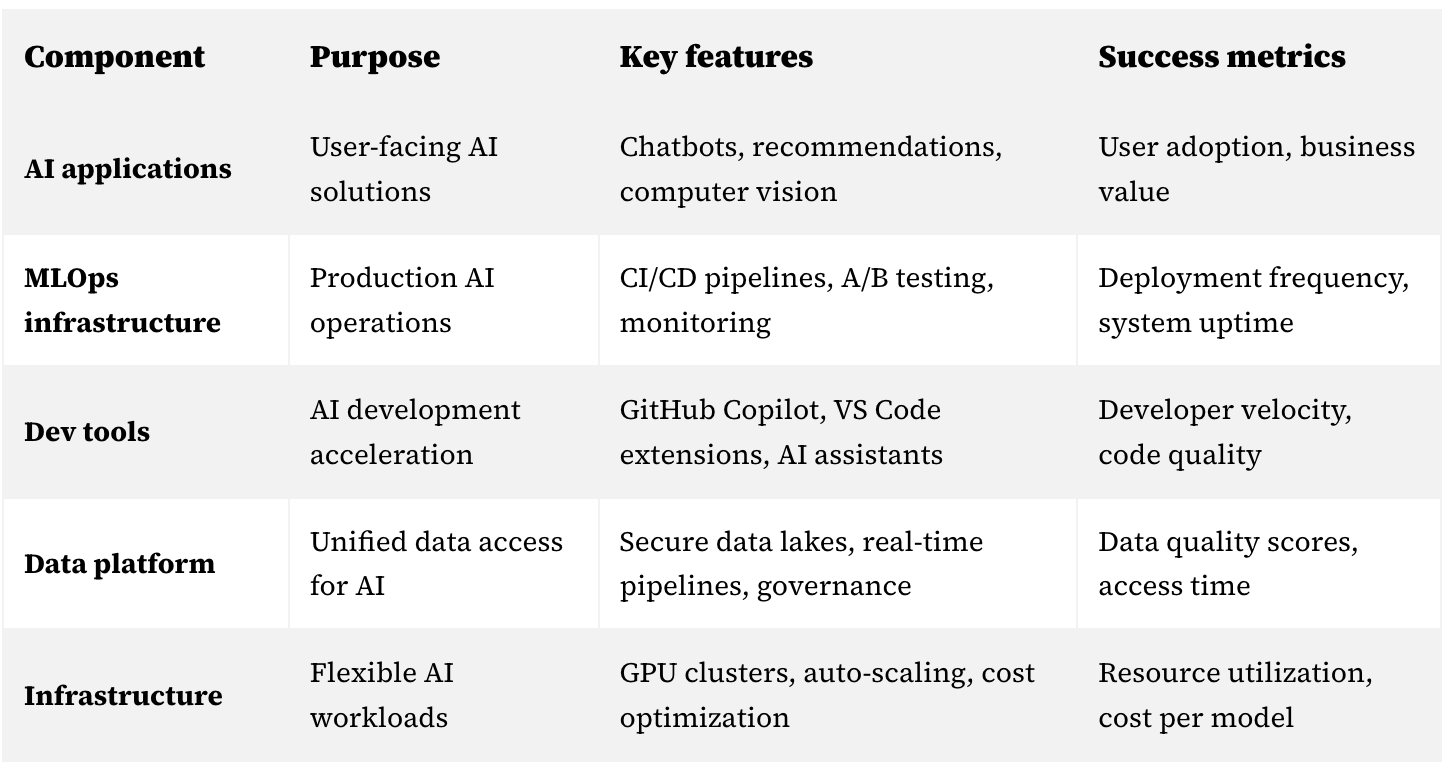
Security and compliance architecture
Zero-trust approach to AI security
Data governance framework:
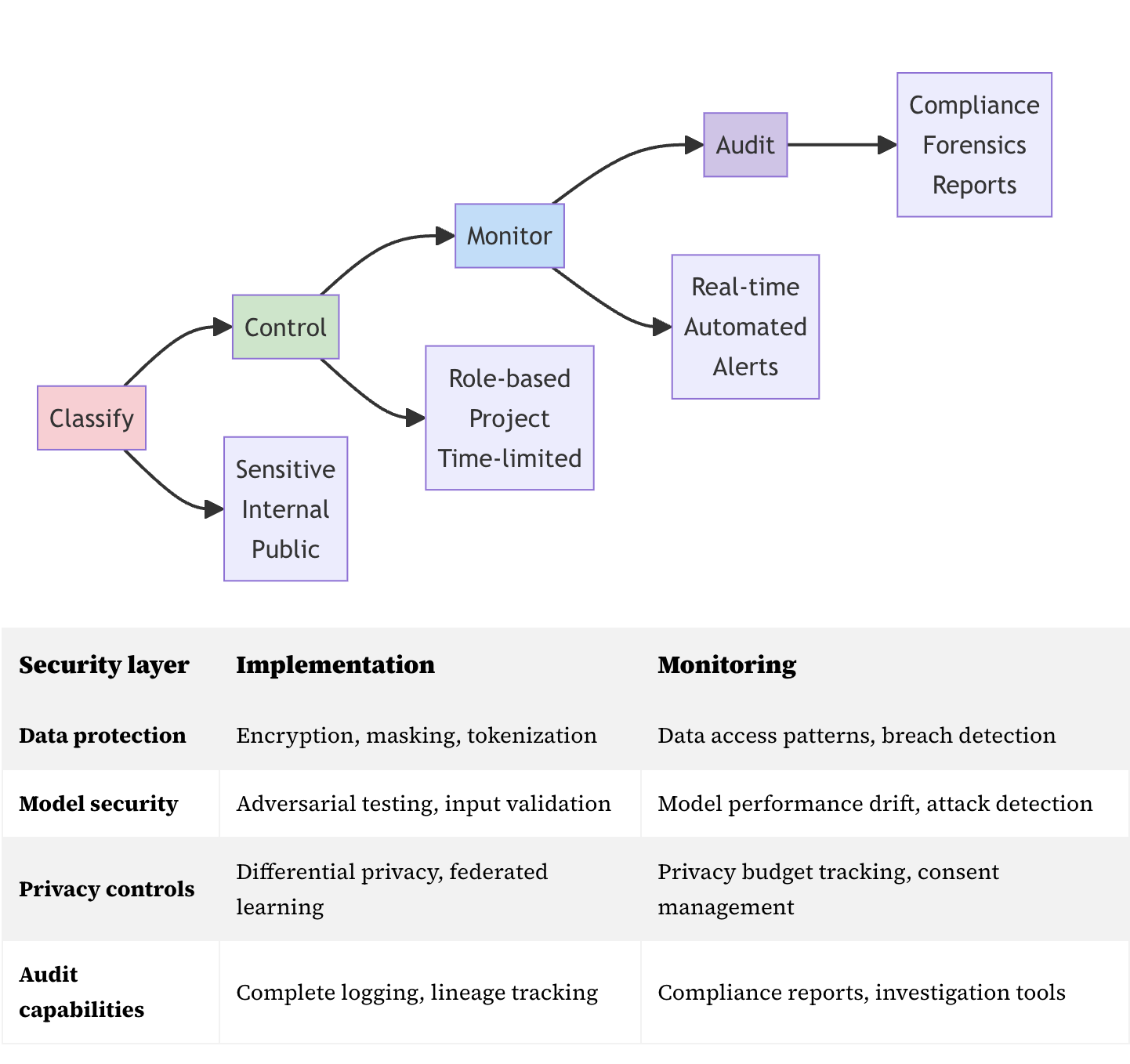
Building AI literacy across the organization
Creating an AI-ready workforce through structured learning
The AI learning pyramid
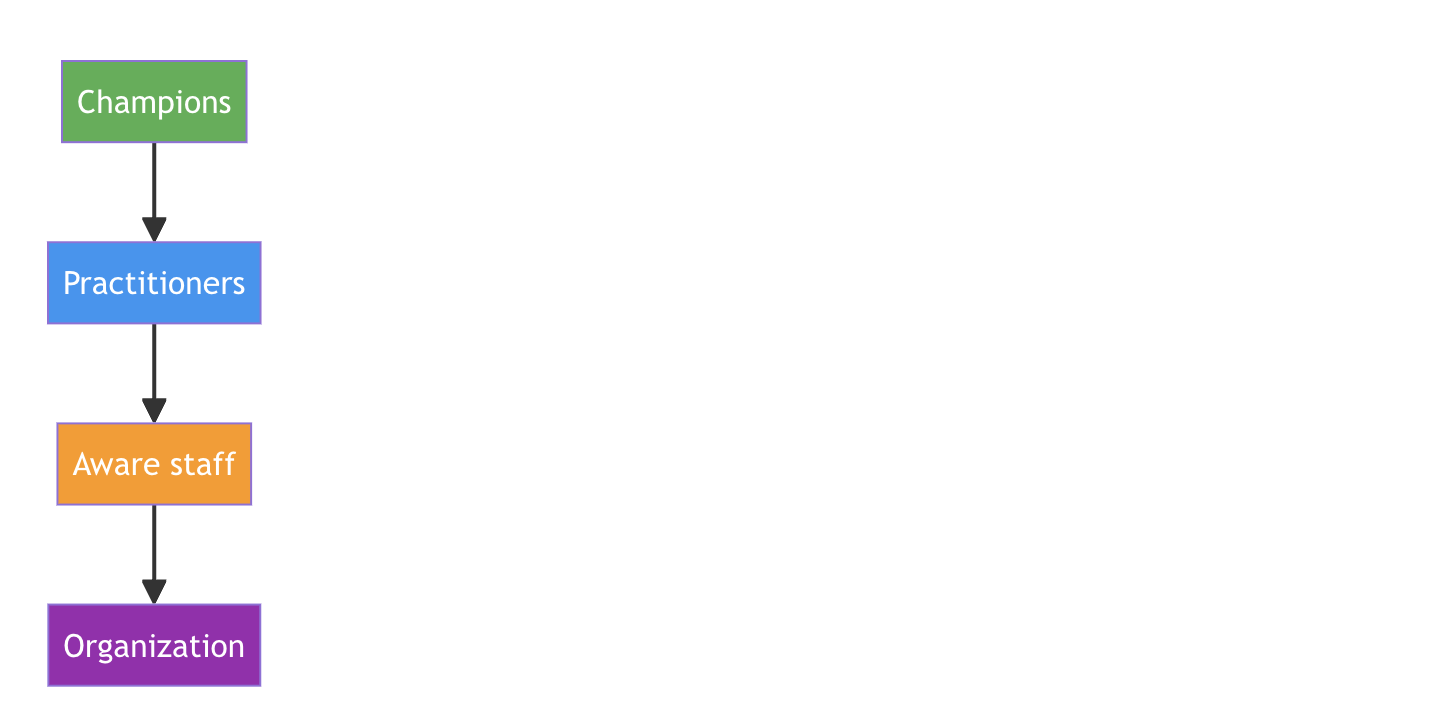
Training programs by audience
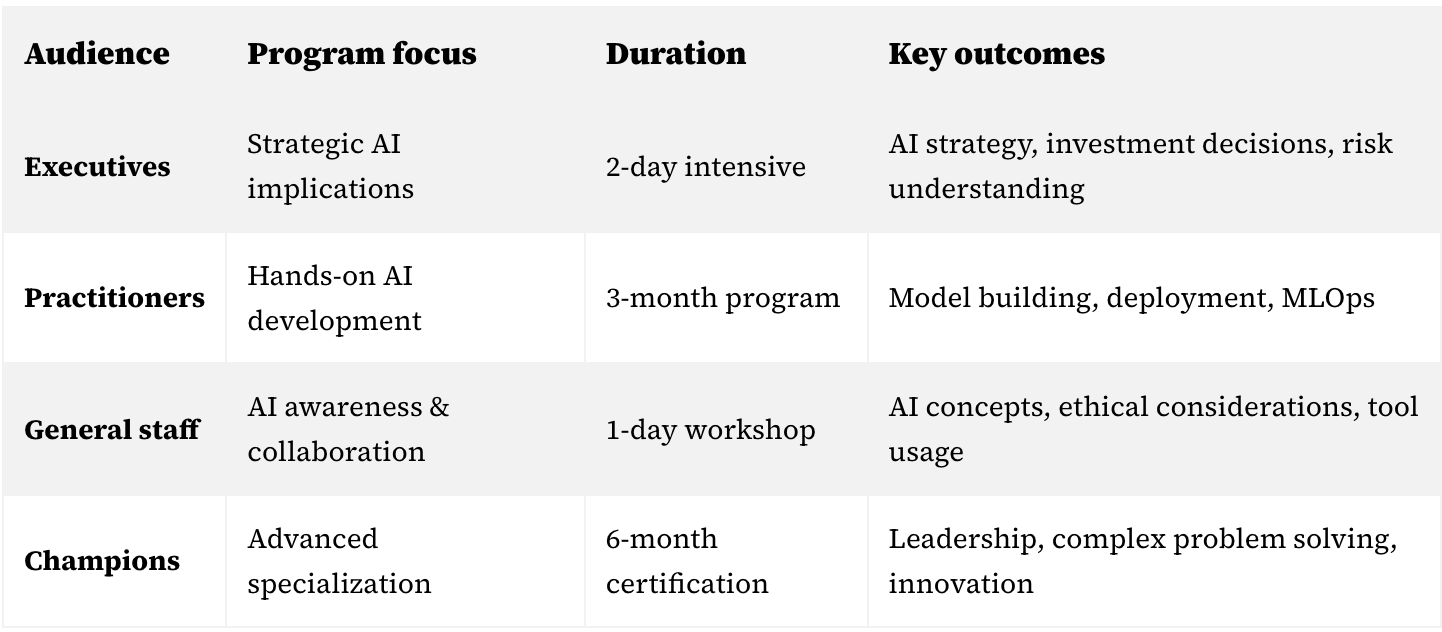
Learning progression: From awareness to expertise
Progressive skill development path
Month 1-2: Foundation
- AI fundamentals and organizational impact
- Ethics and responsible AI principles
- Hands-on experience with no-code AI tools
Month 3-6: Application
- Domain-specific AI use cases
- Collaboration with technical teams
- Basic model evaluation and interpretation
Month 7-12: Mastery
- Advanced AI project leadership
- Cross-functional team coordination
- Innovation and strategic thinking
Change management at scale
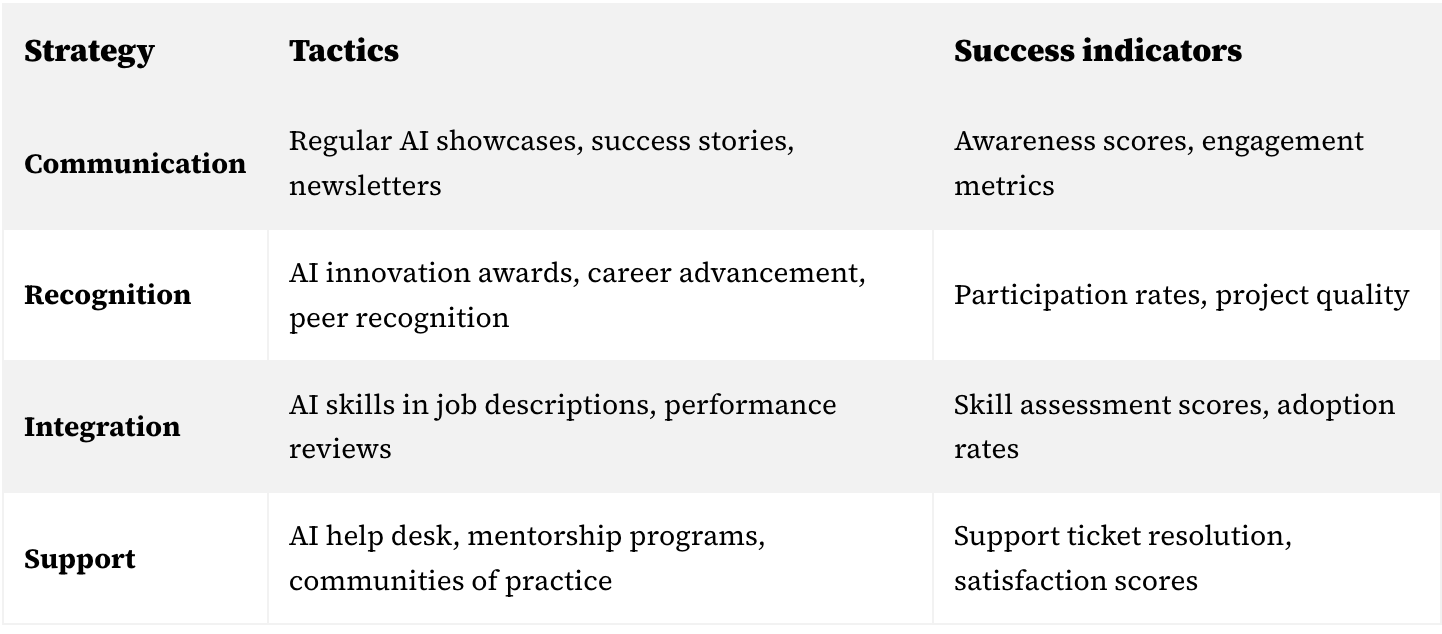
Learning from industry leaders: Real-world AI CCoE insights
Lessons from Oracle, Deloitte, and the Department of Defense
Before diving into next steps, it’s valuable to examine how established organizations have structured their AI Centers of Excellence:
Oracle’s 14-point AI CCoE checklist
Oracle’s approach emphasizes speed of execution and data excellence as foundational elements:
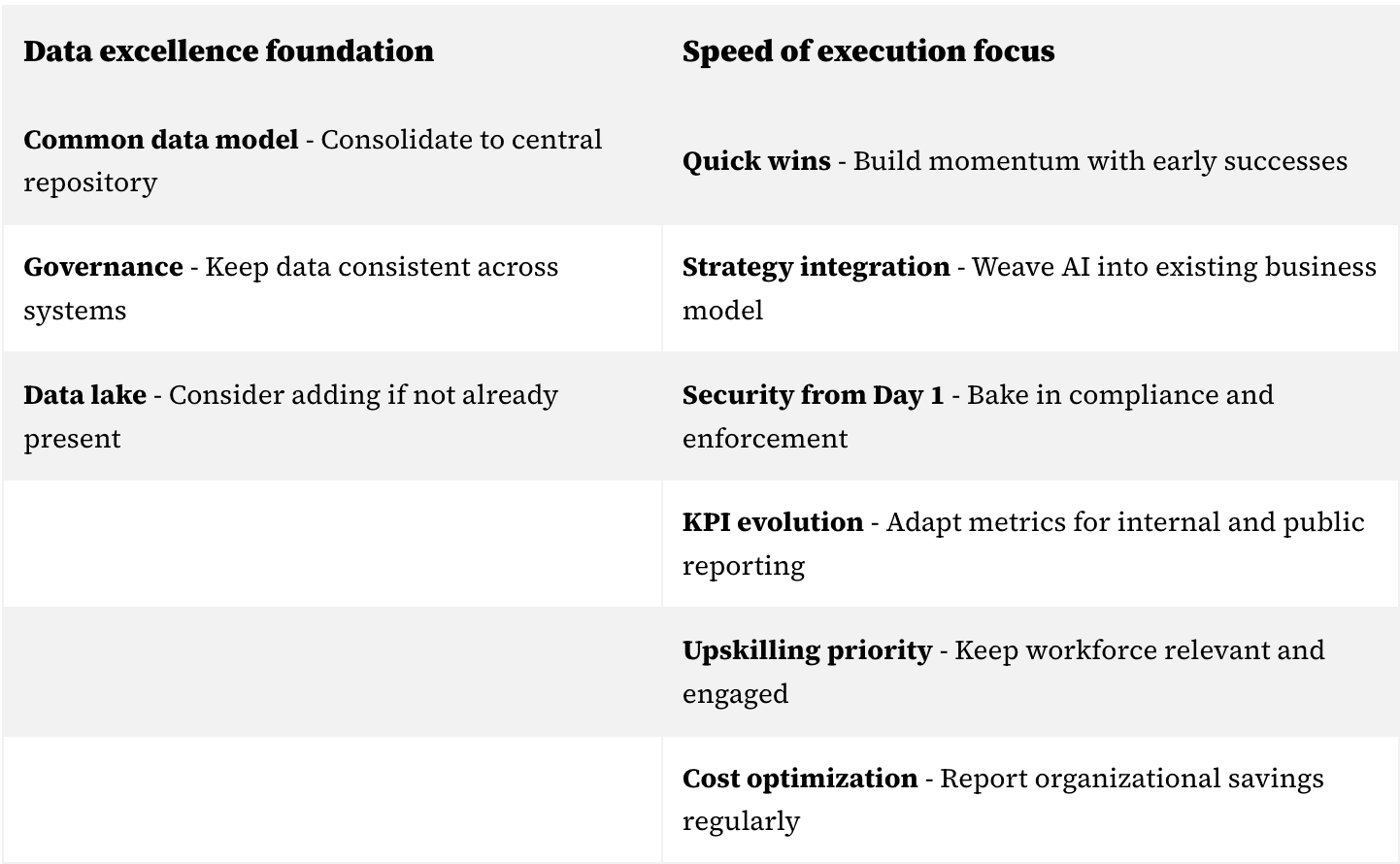
Deloitte’s AI adoption framework
Deloitte’s experience highlights critical success factors and common failure modes:
Success factors:
- Clear plan for embedding AI within existing business model
- Observable business impact from day one
- Strategic choice between centralized vs. federated models
- Acknowledgment that finding single leadership for multi-disciplinary efforts is challenging
Common failure modes:
- No shared vision for AI across the company or within the AI CCoE
- Lack of executive sponsorship and strategic alignment
- Positioning AI CCoE as support role rather than innovator
- Incoherent metrics for measuring AI CCoE performance
Department of Defense’s CDAO model
The DoD’s Chief Digital and AI Office (CDAO) provides a template for large-scale, mission-critical AI governance:
Primary functions:
- Lead and oversee strategy and policy on data, analytics, and AI
- Break down barriers to adoption across organizational silos
- Create and support digital infrastructure at enterprise scale
- Scale proven use cases while acting as advocate during crises
Common principles across all models
Universal truths for AI CCoE success
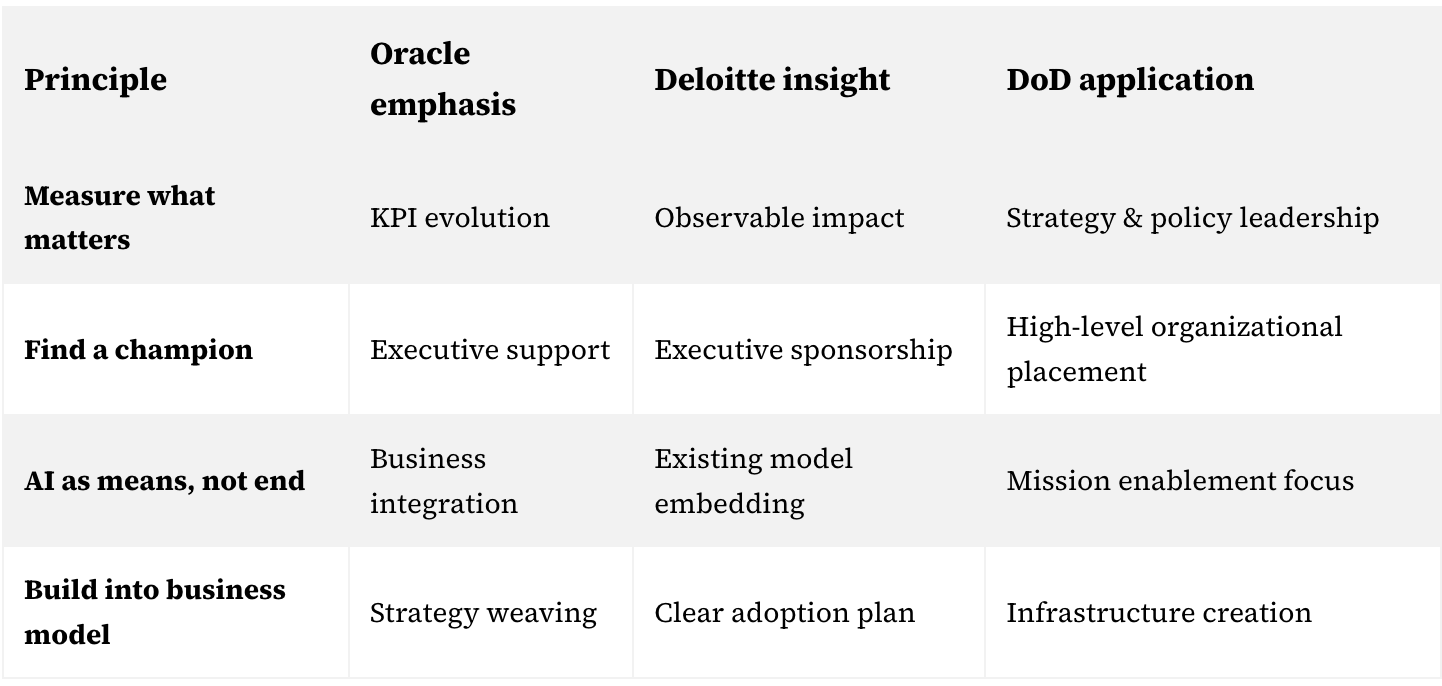
The path forward
Building on proven foundations
Establishing a successful AI Center of Excellence requires patience, persistence, and continuous adaptation. Drawing from industry leaders and successful implementations, the most effective AI CCoEs share several common characteristics:
Strategic alignment characteristics:
- Clear executive sponsorship: Strong support from senior leadership with authority to make decisions and allocate resources
- Pragmatic approach: Focus on delivering value quickly while building long-term capabilities
- Business model integration: AI woven into existing operations rather than bolted on as separate initiative
Operational excellence characteristics:
- Collaborative culture: Genuine partnership with business units rather than ivory tower isolation
- Continuous learning: Willingness to adapt based on experience and changing AI environment
- Measurable impact: Observable business outcomes that justify continued investment
The organizations that get this right don’t just deploy AI—they change how they operate, make decisions, and create value for their customers.
Key takeaways
The five pillars of AI CCoE success
Creating a successful AI Center of Excellence requires more than assembling talented data scientists. Success depends on building comprehensive organizational capability:
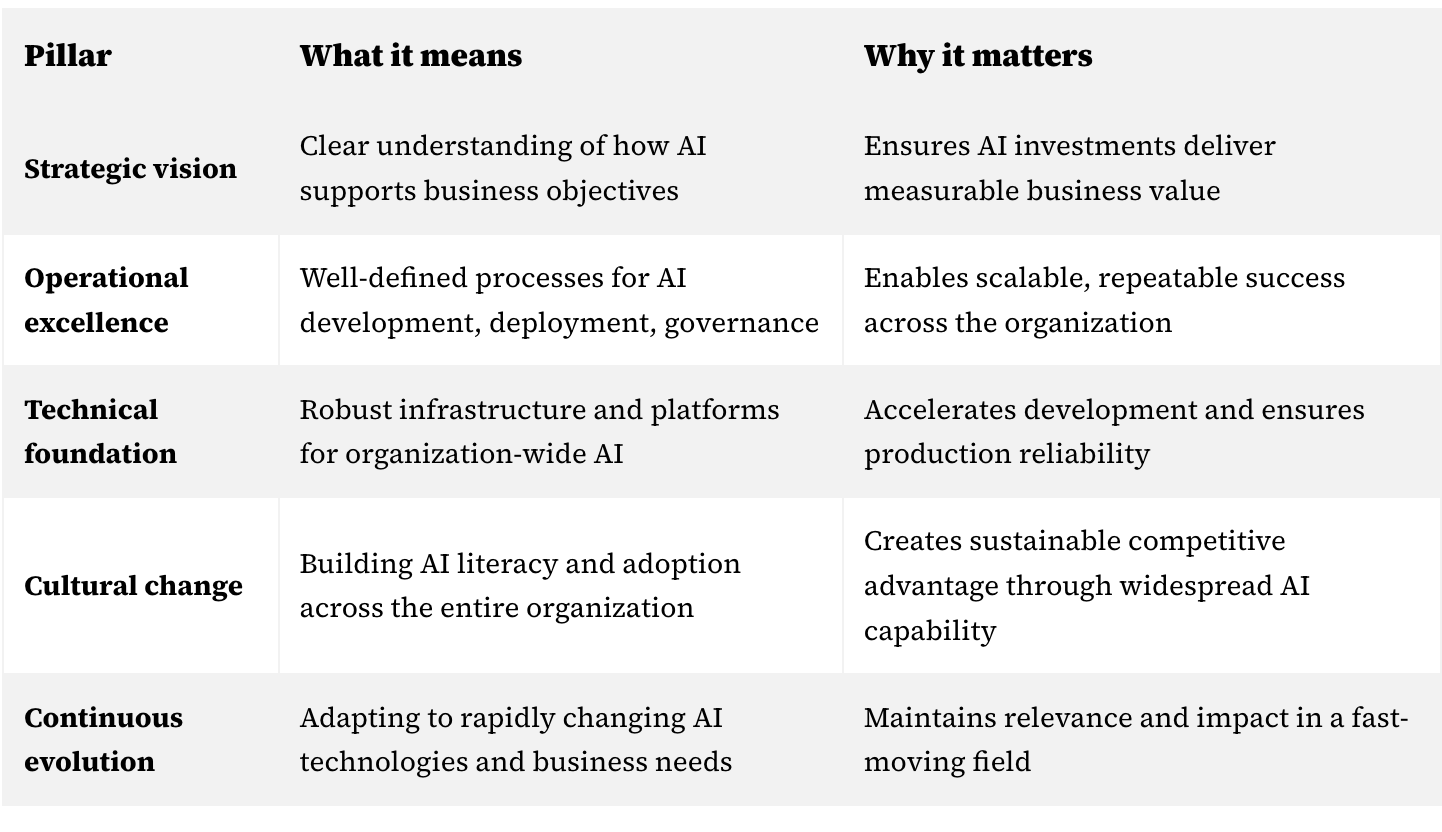
The ROI of getting it right
Organizations with mature AI CCoEs typically see:

The investment in building an AI CCoE pays dividends not just in better AI outcomes, but in organizational capability, risk management, and competitive advantage that compounds over time.
How do you avoid the trap of technology outpacing your team’s capacity? Read this article to learn how automation, self-service tools, and governance can help teams keep up, without chaos or burnout.
To explore practical ways of reducing costs, boosting agility, and ensuring security while tackling IT challenges, download “The Winning Edge: Overcoming IT Challenges with Managed Services.” It provides a clear roadmap and concrete strategies to help you future-proof your infrastructure and drive lasting innovation.
Our Ideas
Explore More Articles
Contact



